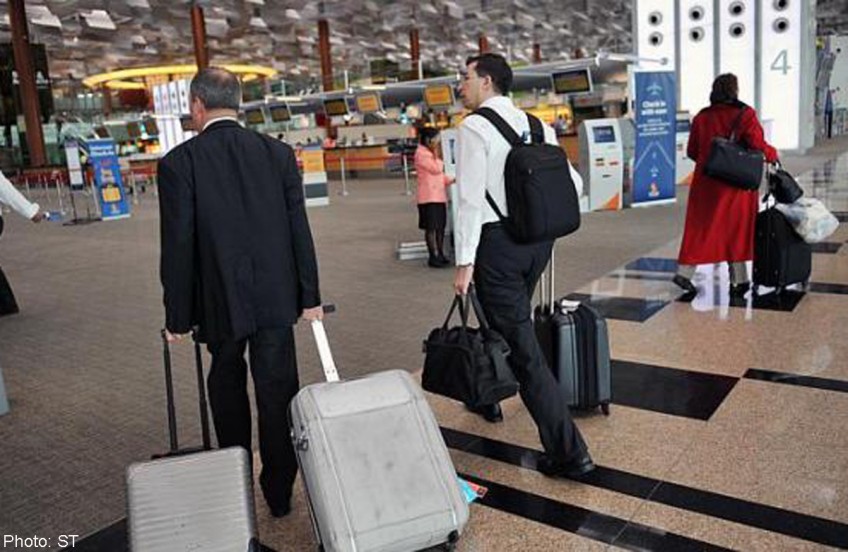Singapore travellers are region's most active mobile users

SINGAPORE - Singapore travellers spend an average of 97 minutes on their mobile devices at Changi Airport - the highest across the Japan and the Asia Pacific region.
This is according to the latest JAPAC Traveller Report released by location intelligence company AdNear on Thursday.
Changi Airport was closely followed by the airports of Macau and Bangkok, where travellers spend about 96 minutes and 91 minutes respectively.
Changi, which serves more than 100 airlines and is one of the major aviation hubs in Southeast Asia, also has the highest number of repeat travellers, with 69 per cent of travellers passing through the airport at least thrice.
The report, which surveyed more than one million users across 12 airports in nine countries during the months of April, May and June, analyses traveller behaviour in the region.
The airports studied were Melbourne and Sydney in Australia, Hong Kong and Macau in China, Delhi and Mumbai in India, Tokyo in Japan, and Singapore, Kuala Lumpur, Jakarta, Bangkok and Manila in Southeast Asia.
Homemakers travelling through Changi were among the most mobile-savvy in the JAPAC region, being five times more engaged on their mobile phones as compared to professionals. The report also found that Singapore travellers between the ages of 25 to 36 had the highest level of mobile engagement at 69 per cent, while travellers above 50 had the lowest rates at 1.7 per cent.
"We found it interesting to see that Singapore homemakers are the most engaged on their mobile phones compared to students, professionals and the affluent," said AdNear Vice President of Sales and Partnerships Shobhit Shukla, adding that the firm uses its technology for location-based audience profiling to track different categories of travellers.
"Analysing a large scale study of airport travellers in the region has given us powerful insights to understand travel and mobile usage patterns."

This article was first published on Dec 4, 2014.
Get a copy of The Straits Times or go to straitstimes.com for more stories.